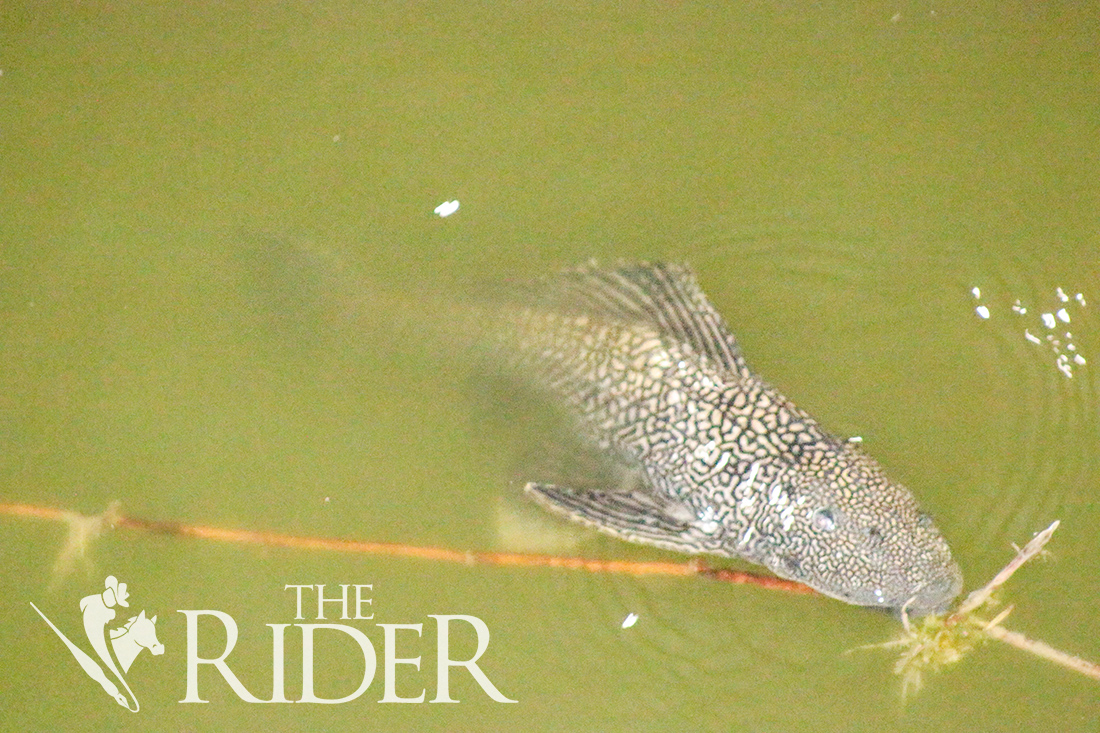The UTRGV Police, Facilities Planning and Operation, and Environmental Health, Safety & Risk Management Department placed a “no fishing” sign two weeks ago on the bridge crossing the Lozano-Banco Resaca on the Brownsville campus for safety reasons.
Chief of Police Raul Munguia said there were several complaints within the last year about people fishing off the bridge.
“One of the things we were looking at, the safety of the pedestrians using the bridge versus somebody fishing on it,” Munguia said. “And one of the things in fishing, you have fishing lines, you have hooks at the end of them, and we just wanted everybody to remain safe. So, we have decided to not allow fishing from the bridge.”
He said the bridge is property of UTRGV; therefore, they can enact rules of conduct on the bridge, including restricting certain activities.
Munguia said if students, faculty or staff are caught fishing, the first enforcement strategy is to get voluntary compliance through a “warning.” If the act is repeated, they will be referred to the dean of students or their supervisors.
Non-affiliated persons who are found fishing, they will be asked to leave the property and will be issued a criminal trespass warning not allowing them to return to the property for two years.
Munguia’s message to students when crossing the bridge is to dismount any kinds of scooters and bikes, other than a wheelchair, to walk across the bridge.
“It’s limited space,” he said. “We can’t have somebody driving faster than the walking speed, you know, zig zagging in and out.”
Sara Black, a biology lecturer, said the bottom of the Lozano-Banco Resaca absorbs heavy metals and any sort of pollutant.
“The problem is the fish are dirty in a lot of regard. First of all they have taken in lots of those heavy metals and pollutants but they’re also full of parasites,” Black said.
She said the sign is a good idea, from a personal injury standpoint, that people don’t fish off the bridge or eat fish from the Lozano-Banco Resaca.
Richard Costello, Environmental Health, Safety & Risk Management director, said the bridge is primarily built for a pedestrian walkway and not a fishing bridge.
“Right now, you may have a couple people fishing,” Costello said. “But once we have five, six, 10, 15, 20 people fishing we have a scenario where we now have the potential for people, for example, to get struck by a hook, which is a safety hazard. We’re also looking at scenarios where when they catch a fish and it needs to be cleaned, people leave all the carcasses of the fish and that’s not what we want here at the institution.”
He said the departments are doing this for the safety of the university community.






